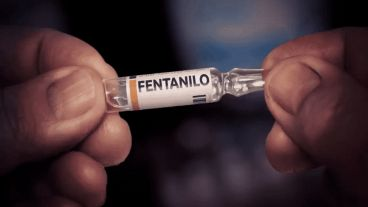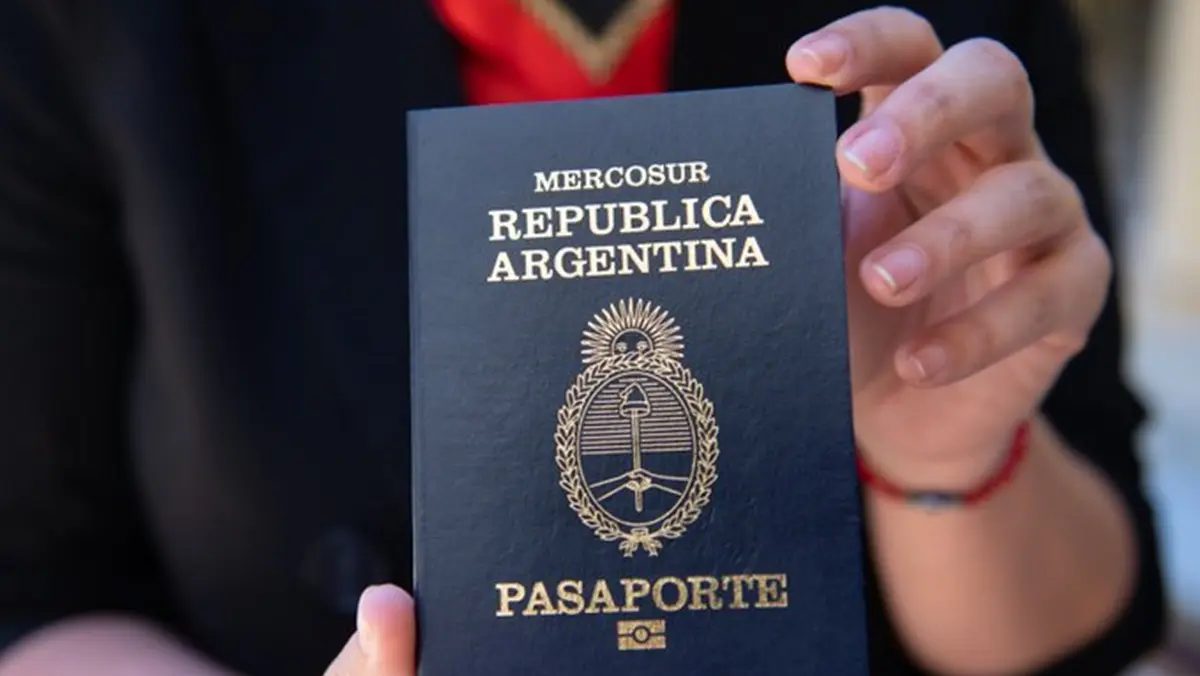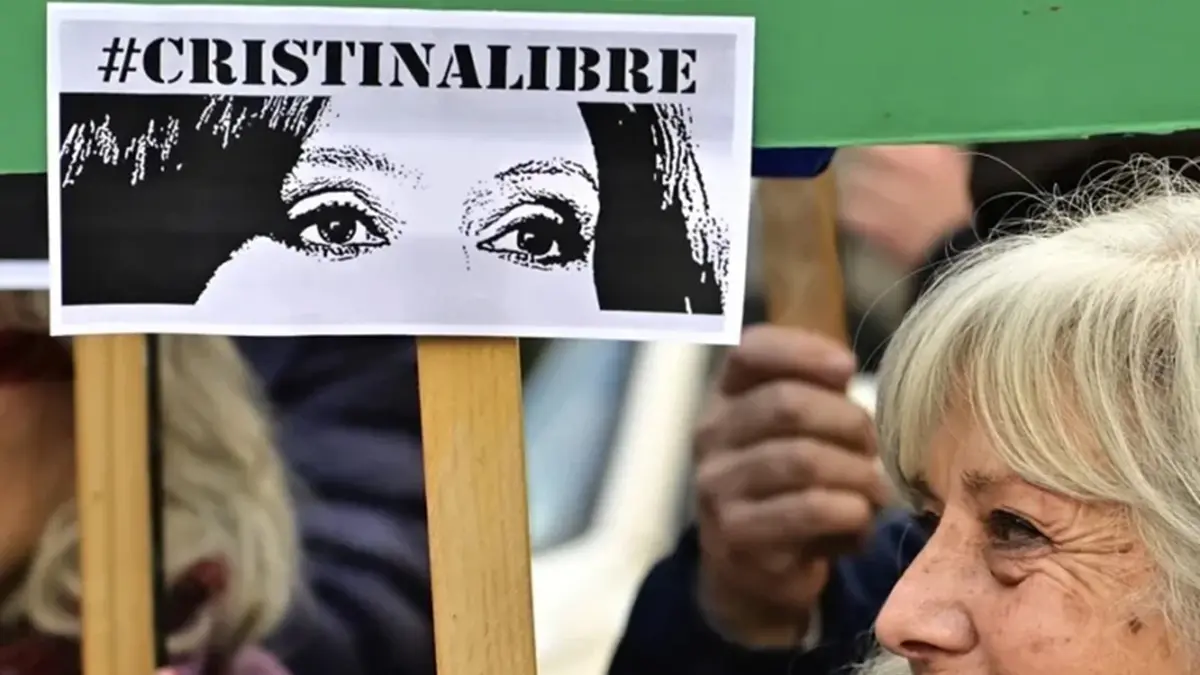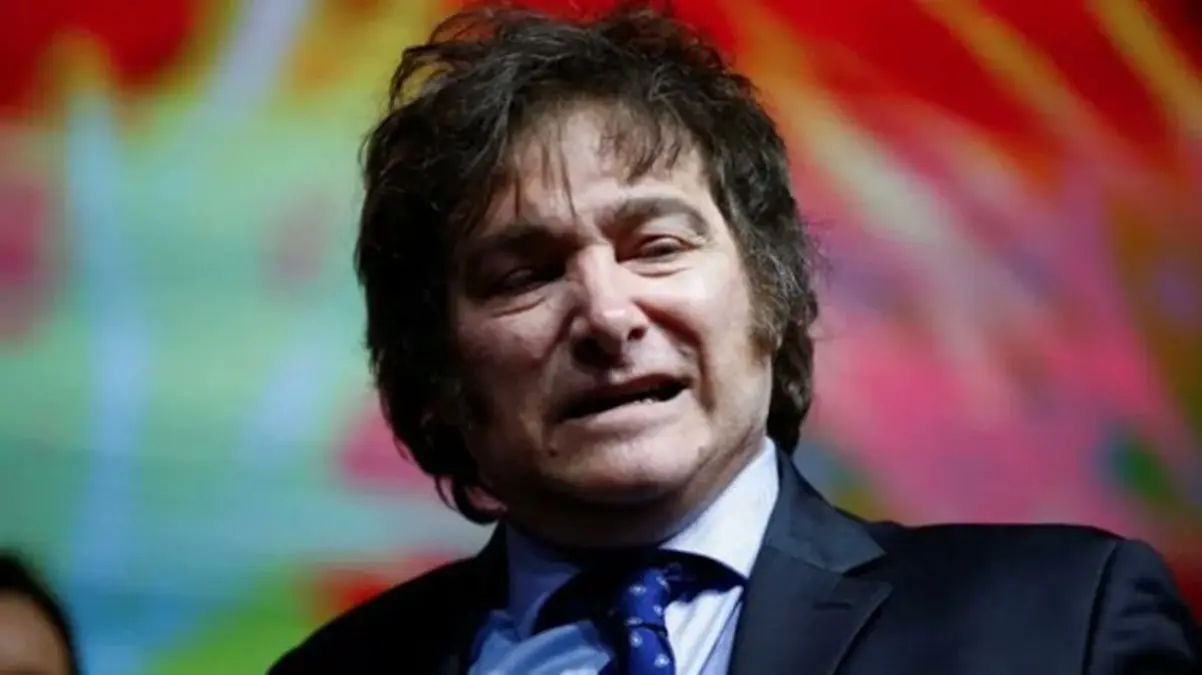Argentina’s Contaminated Fentanyl Crisis: 68 Dead and Thousands of Ampoules Still Missing
A tainted fentanyl scandal in Argentina has killed 68 and exposed systemic failures in pharmaceutical oversight, as over 42,000 contaminated vials remain unrecovered.

Relatives of fentanyl victims protest in La Plata, demanding justice for dozens of preventable deaths linked to contaminated hospital medication. Photo: @LT8am830
August 2, 2025 Hour: 7:38 am
A nationwide health scandal in Argentina has left at least 68 people dead and dozens more infected, after hospitals unknowingly administered fentanyl contaminated with deadly bacteria. Authorities fear the toll could rise as tens of thousands of contaminated doses remain unrecovered.
RELATED:
El Teniente Accident Adds to Chile’s Long Record of Mining Tragedies
Argentina is grappling with one of its most serious pharmaceutical crises in decades. A judicial investigation has confirmed that contaminated fentanyl administered across public and private hospitals has caused the deaths of at least 68 patients and infected many others with drug-resistant bacteria.
The alarm was first raised in April 2025 at Hospital Italiano in La Plata, just outside Buenos Aires, after an unusual spike in respiratory infections led to the deaths of 15 intensive care patients. Subsequent microbiological analyses revealed the presence of Ralstonia pickettii and Klebsiella pneumoniae—two highly resistant bacteria—in vials of fentanyl that had been administered to the victims.
The contaminated fentanyl was produced in December 2024 by HLB Pharma Group, a laboratory with a long record of regulatory infractions. According to Argentina’s National Administration of Drugs, Food and Medical Technology (ANMAT), the company has accumulated 267 open cases, including 117 linked to “quality deviations” in drug production. Despite early signs of irregularities, no preventive action was taken until February 2025—months after the contaminated lots had already circulated nationwide.
“Measures should’ve been taken in time to prevent this from escalating,” said Adriana Francese, a lawyer representing several families. “The authorities failed to suspend the laboratory’s activities or revoke its licenses, allowing contaminated drugs to reach patients.”
One of the first confirmed victims was 18-year-old Renato Nicolini, who had been recovering from a traumatic brain injury after a car accident. His mother, Sol Fracese, recounted how her son showed signs of improvement before developing a fever that could not be controlled. “He started getting better, then the fever wouldn’t stop. He died on the seventh day,” she said during a protest in front of Hospital Italiano, where the first deaths were recorded.
Similar testimonies were shared by dozens of families who gathered in La Plata last Thursday for a silent march demanding justice. Among them was Liliana Peralta, whose son Leonel Ayala died three days after developing a sudden fever while recovering from pancreatitis. “It’s not an accident or an error—it’s a massacre,” she said, speaking publicly to demand accountability.
As the scope of the tragedy expanded, federal Judge Ernesto Kreplak took charge of the case and ordered a sweeping investigation. Biological analyses confirmed that many patients who died between late March and early July had received fentanyl from two specific lots—numbers 31201 and 31202—distributed by HLB Pharma. The vials were later found to contain over 156,000 ampoules, of which more than 42,000 remain unaccounted for.
Confirmed infections have been reported in 19 healthcare institutions across four jurisdictions: Santa Fe (46 cases), Buenos Aires Province (19), the City of Buenos Aires (2), and Córdoba, where the latest deaths were detected. These new cases were identified after judicial teams requested patient records from nearly 200 hospitals and cross-referenced them with drug distribution logs obtained during police raids.
“Cardiac arrest is often cited as a cause of death in hospital settings, which makes it extremely difficult to detect systemic contamination unless there is a thorough investigation,” said one of the officials involved in the case. The judge has tasked the Malbrán Institute and the National Forensic Medical Corps with confirming whether the fentanyl was the direct or contributing cause of each death.
The investigation has widened to include not only HLB Pharma but also Ramallo Laboratories—where the drug was reportedly manufactured—and Alfarma, the distribution company. All three are linked to the García Furfaro brothers: Ariel, Diego, and Hernán, who now face travel bans, asset freezes, and potential criminal charges pending forensic results.
Searches and seizures have been carried out at corporate offices and warehouses linked to these companies. The investigation also led to the identification of nearly 200 drug wholesalers who purchased the contaminated lots, enabling authorities to trace shipments to affected hospitals.
According to investigators, the contaminated fentanyl was distributed between late March and early April 2025, but ANMAT only issued a complete ban and facility shutdown in early February—long after the affected drugs were in circulation.
“From a legal standpoint, we are still determining whether this was a case of gross negligence or criminal intent,” a source close to the court explained.
Three months after the first reports emerged, no formal indictments or arrests have been made. Meanwhile, families continue to demand justice, and public health experts warn that without urgent reform in regulatory oversight, similar tragedies could occur again.
“As long as these ampoules remain in circulation, the threat persists,” said one health official. “This is not just about what happened—but about what could still happen.”
Author: MK
Source: EFE - AP - Clarin






